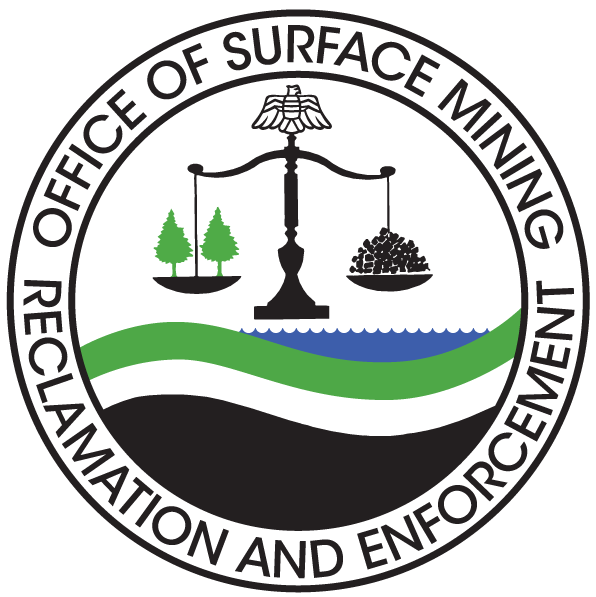Abandoned Mine Land Reclamation Awards
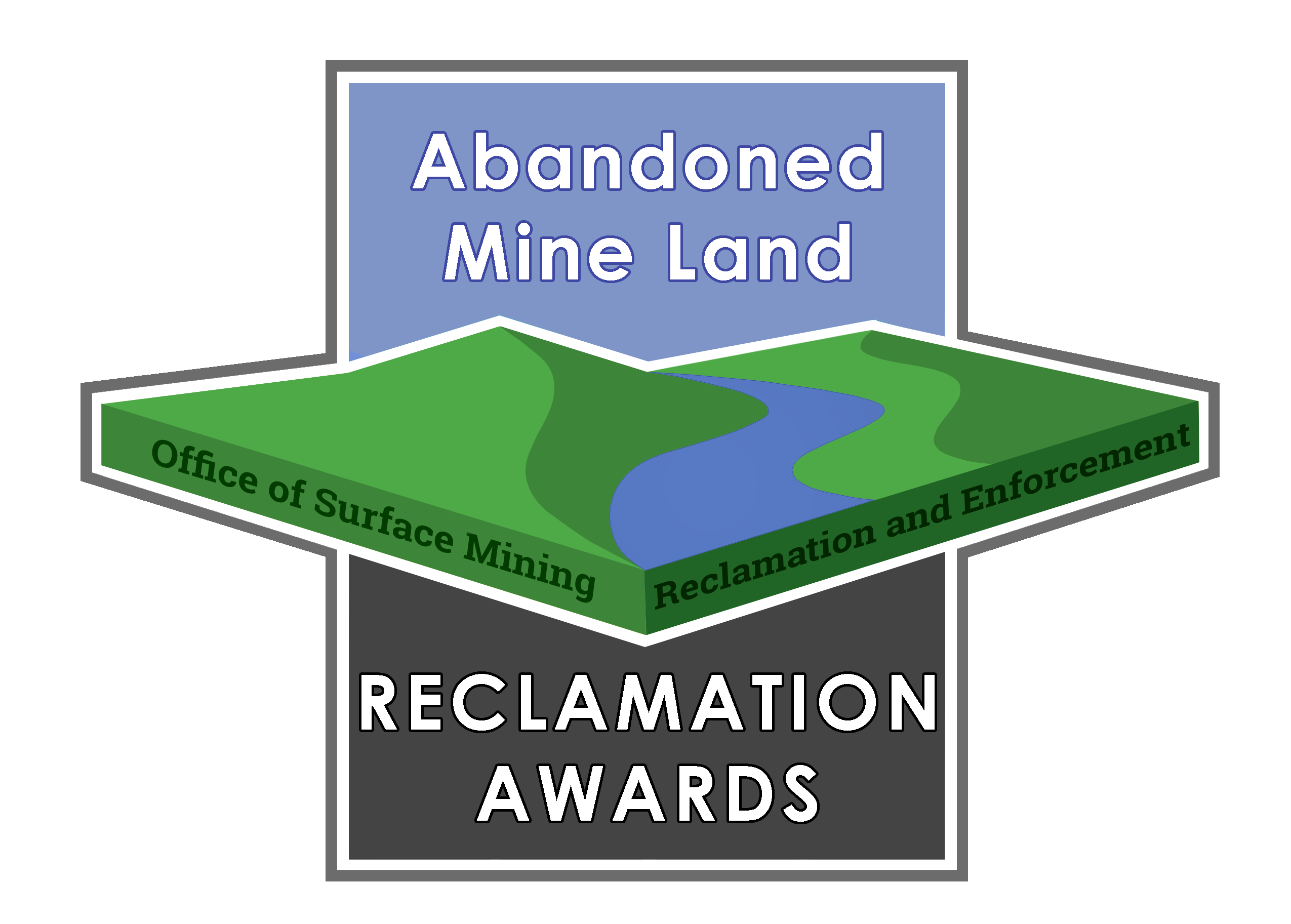
In 1992, OSMRE launched the annual Abandoned Mine Land Reclamation Awards program to recognize outstanding reclamation techniques and projects. The program mirrors the objectives of the Surface Mining Control and Reclamation Act of 1977 to ensure that legacy coal mines are reclaimed and that active mine lands are restored to beneficial use.
Questions? Contact awards@osmre.gov
AML projects completed by an approved state or Tribal program are eligible for an award, including coal, non-coal, high-priority and emergency projects. Abandoned mine reclamation completed by citizen groups or other non-state/non-Tribal organizations are not eligible for these awards. One project may be submitted by each state or Tribal program each year.
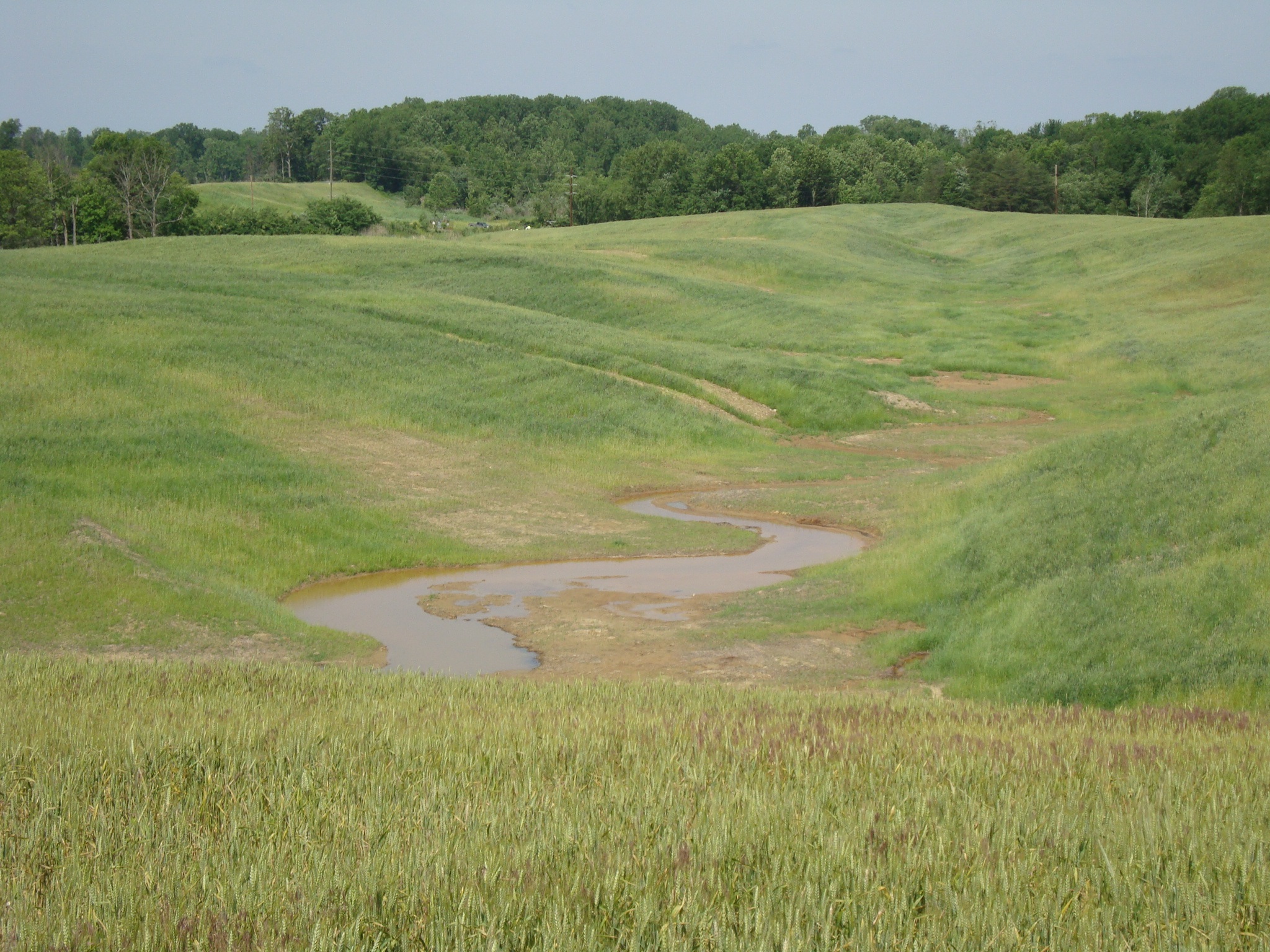
An example of geomorphic design techniques being used.
Award Winners
OSMRE presents five awards:
- One national award
- One national award for small projects (restricted to projects receiving less than $1 million in a state or Tribe that receives less than $6 million annually in AML funding)
- Three region-based awards
Any entry is eligible for the national award.
State and Tribal abandoned mine land programs must submit nominations directly to OSMRE headquarters in Washington, D.C.
Submit nominations by 11:59 p.m. ET, on June 1 to awards@osmre.gov.
For more information, email awards@osmre.gov or call (202) 208-2565.
Nomination Form / Nomination Guide
- Name and location of the nominated reclamation project.
- Name, address, phone numbers, email addresses nomination contacts.
- Project start and completion dates and construction costs.
- Names of organizations responsible for the reclamation, including contractors.
- Date submitted.
- Using the Abandoned Mine Land Reclamation Awards nomination form, provide details for each of the below categories:
- Executive summary
- Background
- Innovation of current technology
- Difficulty of achieving reclamation under existing conditions
- Onsite effectiveness
- Funding
- Benefits to the community
- Surface Mining Control and Reclamation Act
- Videos, graphics and photography
Graphics and Photos
Photos and graphics such as maps and diagrams should show both the specific activity, the surrounding conditions and provide a clear understanding of the reclamation accomplishments. Provide before-and-after sequences, prefer historic photos from the origins of the mine, to show benefits of reclamation work. Photos should be between three to five megapixels.
For more detailed tips, see the photographs and graphics section of the Awards Nomination Guide
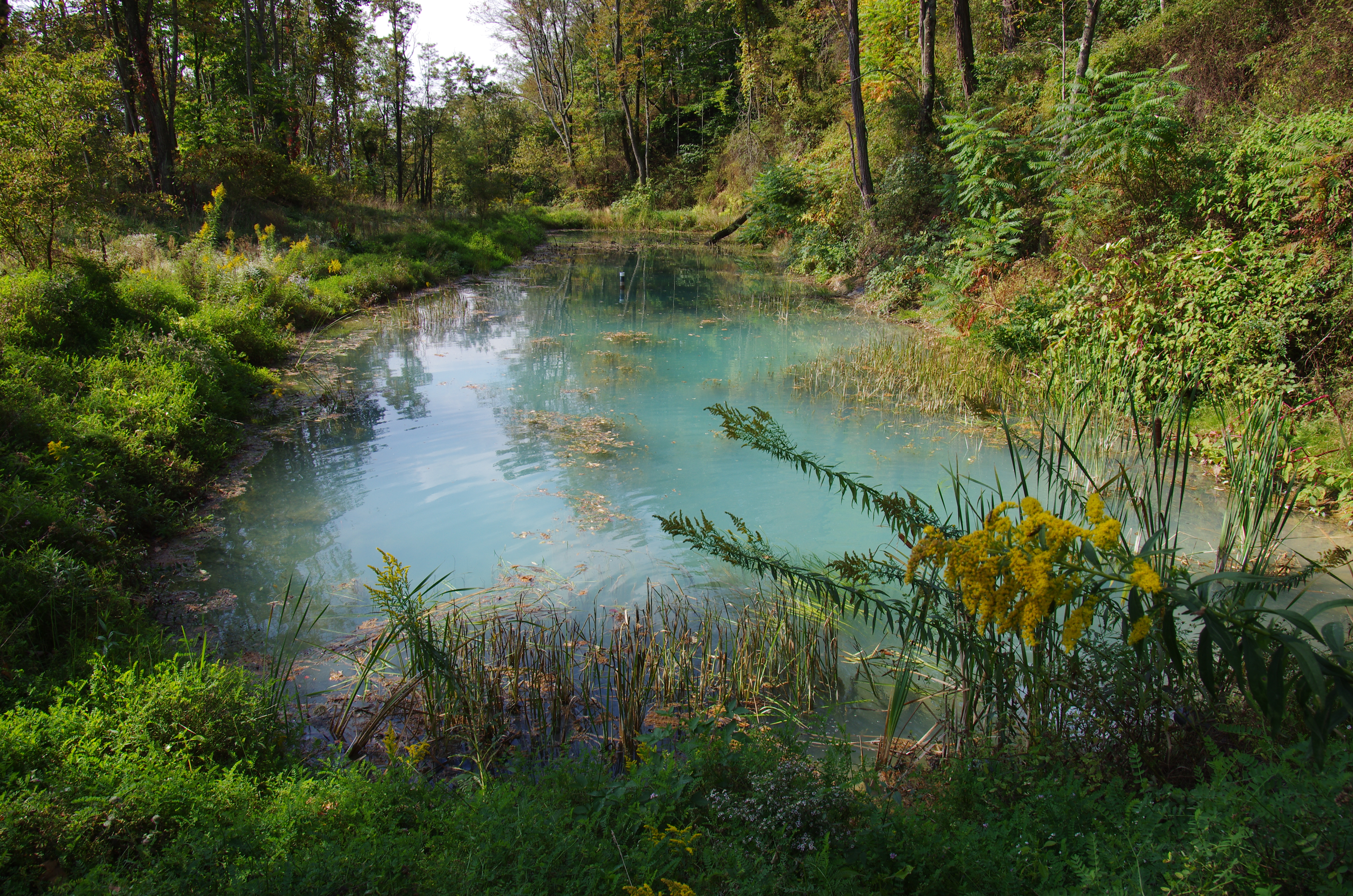
Final oxidizing pond used in watershed AMD remediation project.
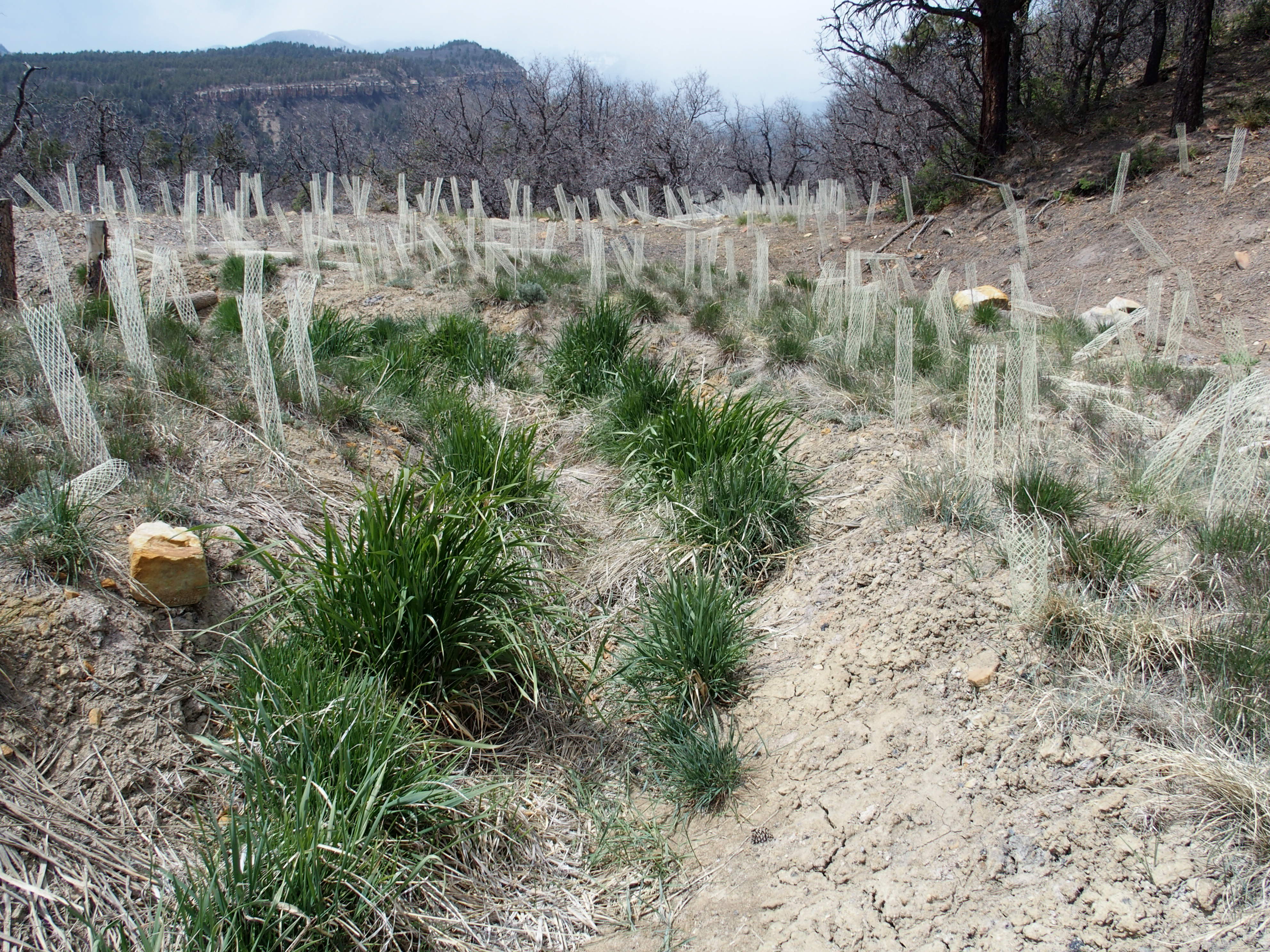
An example of the terracing used to minimize erosion.
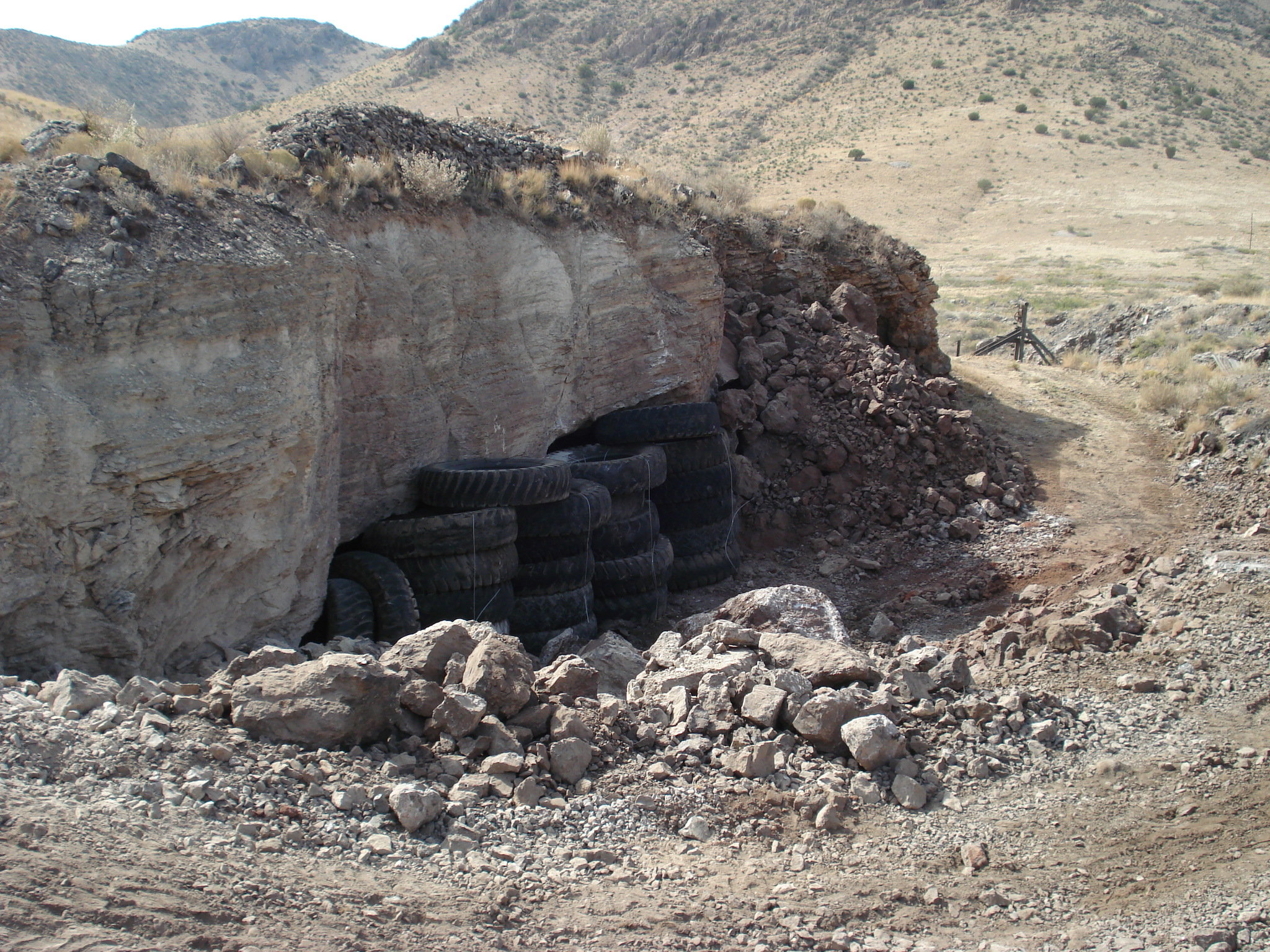
Earth-moving equipment tires used for toroidal tire plugging on a U.S. mine site.
Video Submission
Please submit raw, unedited video, up to 10 minutes in length, with your nomination. The video submission should include the following:
- Before/after video of the site, beauty shots, shots of innovations created
- On camera video of the work being performed
- On-camera interviews of people affected
- Video of the products or services that resulted from the restoration/reclamation
- On-camera interviews with people who did the work
- On-camera interviews with people who benefited from the work
Video Format:
- HD video, 1080p (or higher)
- Ambient sound only
- No narration
- No music
- No graphics
- Unedited on-camera interviews to explain the project are strongly advised
- No visible time codes
- No date stamps
Electronic Submission Format
Submit the completed AML Reclamation Award Nomination form to awards@osmre.gov.
Each nomination will be evaluated using the following standards:
- Innovative use of current technology
- Difficulty of achieving reclamation under existing conditions
- Special and unique considerations
- On-site difficulty of the project
- On-site effectiveness
- Effective/innovative use of technology
- Landscape conforms to the natural environment
- Elimination of significant health or safety problems
- Funding
- Effective use of funds
- Leveraging – use of partners for funding or technology
- Benefits to the community
- Community support for the project
- Long-term benefits to the community
- Surface Mining Control and Reclamation Act
- Exceeds the spirit and intent of SMCRA
- Increased public awareness of SMCRA
- Transferability to other AML projects
Judges (one ballot accepted from each of the following or official designee):
- AML Manager, Virginia Division of Mined Land Reclamation
- AML Program Manager, New Mexico Mining and Minerals Division
- AML Program Coordinator, Alaska Division of Mining
- AML Program Specialist, OSMRE Lexington Field Office
- Assistant Director Restoration, Indiana Division of Reclamation
- Chief, OSMRE Alton Field Division
- Chief, OSMRE Denver Field Division
- Chief, OSMRE Federal Reclamation Program Division
- Chief, OSMRE Pittsburgh Field Division
- Chief, Missouri AML Section Land Reclamation Program
- Chief, Montana Abandoned Mine Reclamation Bureau
- Chief, West Virginia Office of Abandoned Mine Lands and Reclamation
- Chief, Surface Mining and Reclamation Division, Arkansas
- Chief, Utah Abandoned Mine Reclamation Program
- Director, Alabama Mining and Reclamation Division
- Director, Colorado Office of Active and Inactive Mines
- Director, Crow Tribe AML Program
- Director, Injection and Mining Division, DNR, Louisiana
- Director, Kentucky Division of Abandoned Mine Lands
- Director, Navajo Nation Abandoned Mine Land Reclamation Department
- Director, North Dakota AML Division
- Director, Pennsylvania Bureau of Abandoned Mine Reclamation
- Director, Texas Surface Mining and Reclamation Division
- Environmental Specialist, OSMRE Pittsburgh Field Division
- Environmental Specialist – Senior, Division of Soil Conservation, Iowa
- Field Office Director, OSMRE Tulsa Field Office
- Field Office Director, OSMRE Wyoming Field Office
- Field Office Director, OSMRE Birmingham Field Office
- Field Office Director, OSMRE Casper Field Office
- Field Office Director, OSMRE Charleston Field Office
- Field Office Director, OSMRE Knoxville Field Office
- Manager, Hopi Tribe Abandoned Mine Land Program
- Manager, Illinois Abandoned Mine Land Reclamation Division
- Manager, OSMRE Olympia Office
- Mining Section Chief, Kansas Surface Mining Section
- Natural Resources Administrator, Ohio Division of Mines and Reclamation
- Regional Director, OSMRE Appalachian Region
- Regional Director, OSMRE Mid-Continent Region
- Regional Director, OSMRE Western Region
- Supervisor, Maryland Abandoned Mine Lands Section
- Director, Tennessee AML Program
- Director, Wyoming AML Program
In the event of a tie, the winner will be determined by a team of OSMRE and state officials.
The following organizations are eligible to submit nominations:
- Alabama Mining and Reclamation
- Alaska Division of Mining
- Arkansas Dept. of Pollution Control and Ecology
- Colorado Office of Active and Inactive Mines
- Crow Tribe AML Program
- Hopi Tribe Abandoned Mine Land Program
- Illinois Abandoned Mine Land Reclamation Division
- Indiana Division of Reclamation
- Iowa AML Program
- Kansas Surface Mining Section
- Kentucky Division of Abandoned Mine Lands
- Louisiana Injection and Mining Division
- Maryland Abandoned Mine Lands Section
- Missouri AML Section Land Reclamation Program
- Montana Abandoned Mine Reclamation Bureau
- Navajo Nation Abandoned Mine Land Reclamation Department
- New Mexico Mining and Minerals Division
- North Dakota AML Division
- Ohio Division of Mines and Reclamation
- Pennsylvania Bureau of Abandoned Mine Reclamation
- Tennessee Abandoned Mine Land Program
- Texas Surface Mining and Reclamation Division
- Utah Abandoned Mine Reclamation Program
- Virginia Division of Mine Land Reclamation
- West Virginia Office of Abandoned Mine Lands and Reclamation
- Wyoming AML Program
Federal agencies may not conduct or sponsor, and a person is not required to respond to, a collection of information unless it displays a currently valid OMB control number. OSMRE is collecting this information to give public recognition to the nation’s most outstanding achievement in environmentally sound surface mining and land reclamation and to encourage the exchange and transfer of successful reclamation technology.
The obligation to respond is voluntary.
Public reporting burden for this collection is estimated to average 88 hours per response, including time for reviewing instructions, gathering and maintaining data, and completing and reviewing the submission.
Direct comments regarding the burden estimate or any other aspect of this collection to the Information Collection Clearance Officer, Office of Surface Mining Reclamation and Enforcement, Mailstop 4526, 1849 C Street NW, Washington, D.C. 20240.

